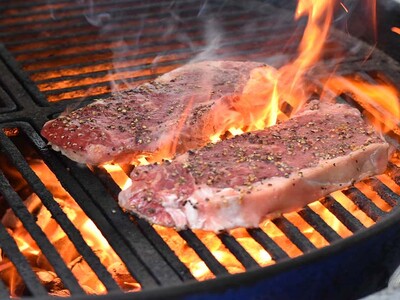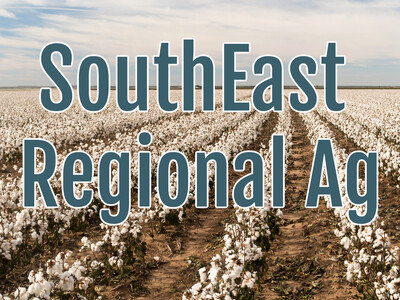No More Smudge Pots
Ask any fruit grower and they will probably tell you—there's no love for smudge pots. These age-old systems are commonly used in orchards across the country to help protect crops from damaging spring frosts.
Traditional smudge pots burn diesel oil. They're relatively simple and inexpensive to use, but they come with many challenges. Oil-burning smudge pots discharge smoke and pollutants into the air, and they pose a risk for oil spillage or leaks. They also require a lot of labor to move them around the orchards and to manually light each one.
Simply put, smudge pots are long overdue for an upgrade.
And thanks to funding from the Natural Resources Conservation Service (NRCS), fruit growers in Oregon's Hood River Valley are gladly ditching their oil-burning smudge pots and adopting cleaner, more effective systems like the air curtain burner. Here is an NRCS spokesperson on a video they have produced.
Through its National Air Quality Initiative, NRCS is providing financial incentives to help farmers remove, replace or convert diesel-burning smudge pots and adopt cleaner systems. Since the program began in 2015, NRCS has awarded about $900,000 in funding to 15 fruit growers, which has helped them remove more than 3,000 diesel smudge pots.
NRCS estimates those smudge pot removals will prevent 54 tons of particulate matter from being released into the air by the end of 2017.
In addition to removing their smudge pots, Hood River farmers are reducing air emissions by using a new air curtain burner—commonly called a burn box—to safely and cleanly burn their orchard pruning wood.
Compared to traditional burn piles, the burn box produces little to no smoke and significantly reduces the amount of particulates being discharged into the air. In fact, NRCS estimates that in 2015 alone, Hood River fruit growers eliminated 1.35 tons of particulate matter from entering the air by using the burn box instead of open-pile burning.
"It's really amazing when you get done burning," said Cindy Collins, who farms 46 acres of orchards in the Hood River Valley. "We had trailer loads of wood coming up to be burned. And then once the burner leaves, there's just maybe three or four inches of ash that's left on the ground, so there's very little left. It burns very clean."
It's being called the largest exercise of any kind in Washington state history, and it's all about getting ready for what scientists say is coming: a magnitude 9 earthquake and ensuing tsunami. Some 20,000 people will be involved, from civilian first responders to active duty elements of the U.S. Army, Navy, and Coast Guard. The exercise involving multiple states, Washington, Oregon and the Canadian province of British Columbia.














